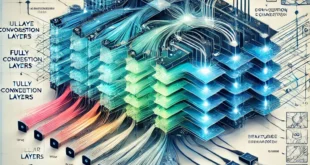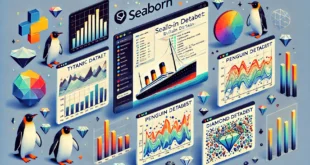Introduction Machine learning (ML) and deep learning have progressed swiftly in the past decade, transforming domains such as computer vision, natural language processing, and robotics. Among the numerous designs available, the integration of Multilayer Perceptrons (MLP) with convolutional processes has garnered significant attention. Although convolutions are generally linked to Convolutional Neural Networks (CNNs), their integration with Multi-Layer Perceptrons (MLPs) can …
Read More »Intermediate Tutorials
Seaborn Built-in Datasets with Examples
For the purpose of learning about and playing with data visualization, Seaborn comes with several built-in datasets that are absolutely perfect. The datasets in question are representative of a wide range of domains and offer a rich playground for gaining a grasp of Seaborn’s capabilities. We will now provide a comprehensive description of each built-in dataset and the significance of …
Read More »Understanding Advanced Python Programming Concepts
1. Optimal Performance in Python This blog will focus on optimizing Python code by exploring topics such as memory management, just-in-time (JIT) compilation, Python’s Global Interpreter Lock (GIL), and methods for enhancing performance. Critical Areas to Address: The GIL: A Comprehensive Overview Profiling Python code with timeit and cProfile Memory management with tools like gc and pympler Making use of …
Read More »Understanding Advanced Python Concepts: A Deep Dive into Powerful Features
1. Python Functions Effective iteration over potentially huge datasets without loading them totally into memory is made possible with Python’s strong generator function. The yield keyword is used by generator functions instead of the return statement that is used by normal functions. The value is returned and the function’s state is preserved every time yield is met. When the next …
Read More » AI Generated Apps AI Code Learning Technology
AI Generated Apps AI Code Learning Technology



